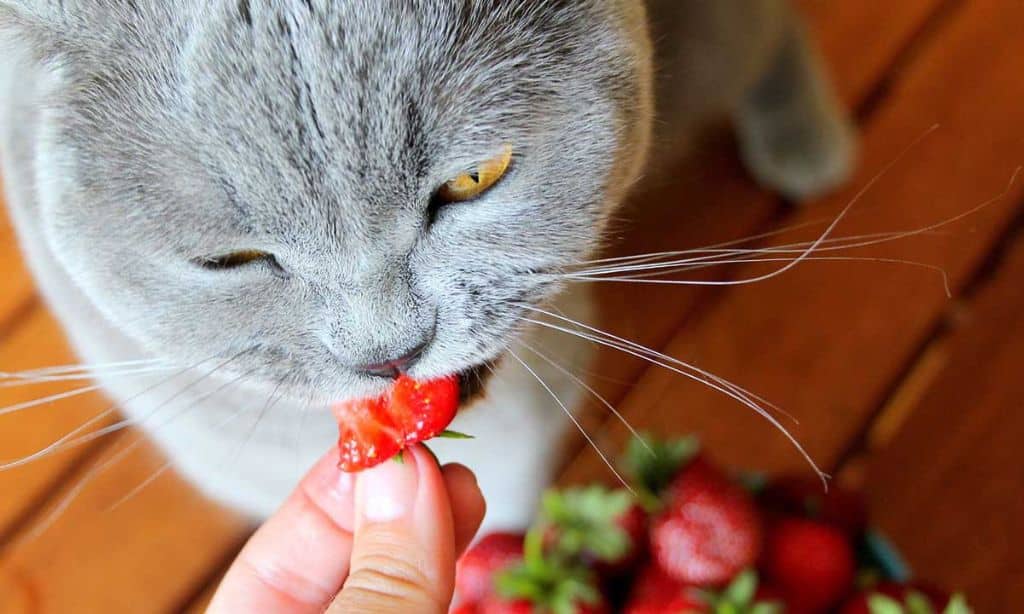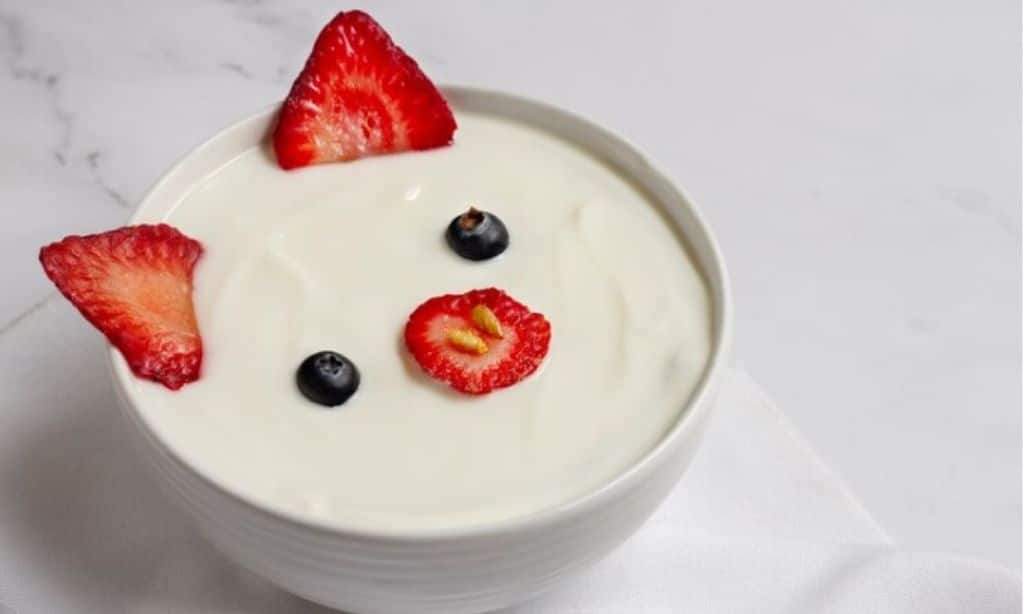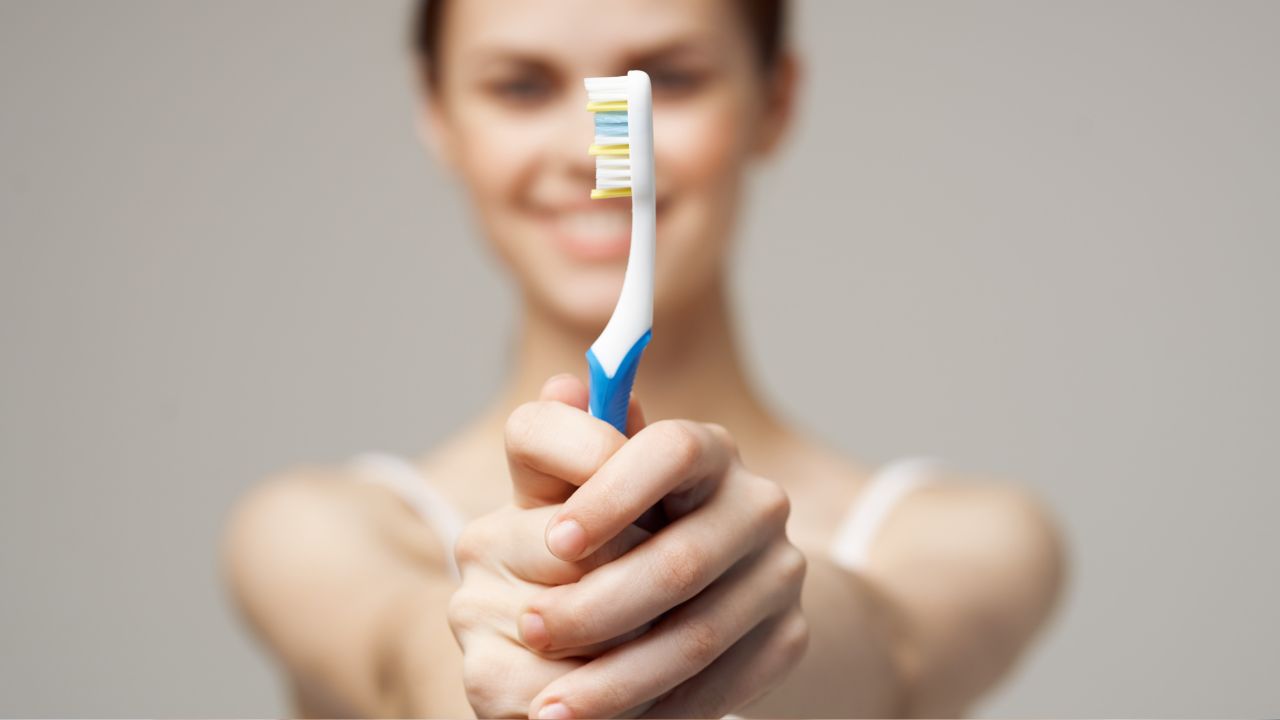Cats are curious creatures, and their interest in what we eat often tempts us to share our meals with them. While some human foods are safe and even beneficial for cats, others can be harmful or toxic.
Knowing which foods to share and which to avoid can make all the difference in your cat’s health and well-being.
In this article, we’ll explore 8 human foods that are safe for cats and 8 foods that are unsafe. Each section includes detailed s to help you make informed decisions about your furry friend’s diet.
Human Foods That Are Safe for Cats
Let’s take a look.
1. Cooked Chicken
Cooked chicken is a protein-rich food that’s not only safe for cats but also highly beneficial. As obligate carnivores, cats rely on meat as their primary source of essential nutrients. Chicken provides amino acids that support muscle development, repair tissues, and fuel energy. Unlike processed cat treats, plain chicken is a natural, wholesome option that can add variety to their diet.
When preparing chicken for your cat, ensure it’s fully cooked to eliminate bacteria like salmonella or E. coli. Avoid seasoning or cooking it with garlic, onions, or spices, as these are toxic to cats. Always remove bones, as they can splinter and cause choking or internal injuries.
Serve chicken as an occasional treat or mix it into their regular food for an extra protein boost. While chicken is nutritious, it should not replace a balanced, veterinarian-recommended cat food diet.
2. Cooked Fish
Fish, particularly varieties like salmon and tuna, can be a flavorful and healthy treat for cats. Rich in omega-3 fatty acids, fish supports your cat’s skin, coat, and joint health. It also contains essential nutrients like taurine, which is vital for maintaining your cat’s heart and eye health.
However, it’s crucial to prepare fish properly before offering it to your feline friend. Cook the fish thoroughly to remove any harmful bacteria or parasites. Avoid using oil, salt, or spices during preparation, as these can harm your cat’s digestive system.
Always remove bones to prevent choking hazards. Fish should be served in moderation, as excessive amounts can lead to mercury buildup or thiamine deficiency. A few bites of plain, cooked fish as an occasional treat can be a delightful and nutritious addition to your cat’s diet.
3. Pumpkin
Pumpkin is a fantastic addition to your cat’s diet, especially if they’re experiencing digestive issues. Packed with fiber, this low-calorie food aids in regulating digestion, helping with both constipation and diarrhea. Pumpkin is also a good source of vitamins A and C, which support your cat’s immune system and overall health.
To safely serve pumpkin, use plain, cooked pumpkin or canned pumpkin without added sugars, spices, or artificial flavorings. Start with small amounts, such as 1–2 teaspoons, mixed into your cat’s regular food. Cats tend to tolerate pumpkin well, and it’s especially useful for managing hairballs due to its high fiber content.
While pumpkin is a nutritious option, it should not be a primary component of your cat’s diet. Always consult your veterinarian before introducing it, particularly if your cat has pre-existing health conditions.
4. Eggs
Eggs are a nutritional powerhouse for cats, offering a rich source of protein and amino acids essential for their health. They also contain vitamins like B12 and riboflavin, which support your cat’s energy levels and metabolic functions.
Before feeding eggs to your cat, make sure they’re fully cooked to reduce the risk of salmonella or E. coli. Scrambled, boiled, or poached eggs are excellent options, provided they are prepared without salt, butter, or oil.
Serve eggs in small portions as an occasional treat to avoid overloading your cat with calories. While eggs can contribute to a shiny coat and improved energy, they should be considered a supplement, not a replacement for a balanced cat food diet.
5. Blueberries
Blueberries are one of the few fruits that cats can safely enjoy. These tiny, antioxidant-rich berries are known for their immune-boosting properties and are a natural source of vitamins C and K. The fiber in blueberries can also promote digestive health.
To offer blueberries to your cat, wash them thoroughly to remove any pesticides or dirt. Serve them fresh and whole, or mash them slightly to make them easier to eat. Some cats may be hesitant to try fruit, but others enjoy the juicy texture and mild sweetness.
Blueberries should be given sparingly, as cats are not naturally inclined to eat sugary foods. This low-calorie treat can be a fun and nutritious addition to their diet when used in moderation.
6. Plain Yogurt
Plain, unsweetened yogurt is another safe treat for cats, provided they are not lactose intolerant. Rich in probiotics, yogurt can help maintain a healthy gut flora, aiding digestion and reducing minor stomach upsets. It’s also a good source of calcium, which supports your cat’s bone and dental health.
When choosing yogurt, avoid flavored or sweetened varieties, as these often contain harmful ingredients like xylitol. Offer a small spoonful of plain yogurt on its own or mix it with your cat’s food. While yogurt can be beneficial, it should only be offered occasionally to avoid potential lactose-related issues.
If your cat exhibits any signs of digestive discomfort after consuming dairy, it’s best to avoid it altogether.
7. Cooked Rice
Cooked rice is a bland, easily digestible food that can be helpful for cats with upset stomachs or diarrhea. While rice doesn’t provide significant nutritional benefits, it acts as a filler that’s gentle on your cat’s digestive system.
To prepare rice for your cat, cook it thoroughly and serve it plain—no salt, butter, or seasonings. Combine a small amount of rice with your cat’s regular food during periods of digestive distress.
Keep in mind that rice should not replace a nutritionally complete diet, as cats require protein and other nutrients not found in rice. Use it as a temporary solution to support digestion under veterinary guidance.
8. Green Beans
Green beans are a low-calorie, nutrient-dense vegetable that can be a healthy treat for cats, particularly those needing to manage their weight. Packed with fiber and essential vitamins, green beans provide a satisfying crunch without adding unnecessary calories.
Steam or boil the green beans until soft, ensuring no seasoning, butter, or oils are added. Cut them into small pieces to make them easier for your cat to chew.
Green beans can be served as a snack or mixed into your cat’s food. While they’re not a natural part of a carnivorous diet, green beans are a safe and beneficial option for cats who enjoy variety in their meals.
Takeaway
Cats have unique dietary needs, and understanding which human foods are safe or unsafe is crucial for their well-being. While cooked chicken, fish, and pumpkin can be healthy additions, foods like chocolate, onions, and grapes should be strictly avoided.
Always consult your veterinarian before introducing new foods to your cat’s diet and prioritize nutritionally balanced cat food.
By staying informed, you can ensure your feline companion enjoys a healthy and happy life, free from dietary risks










































